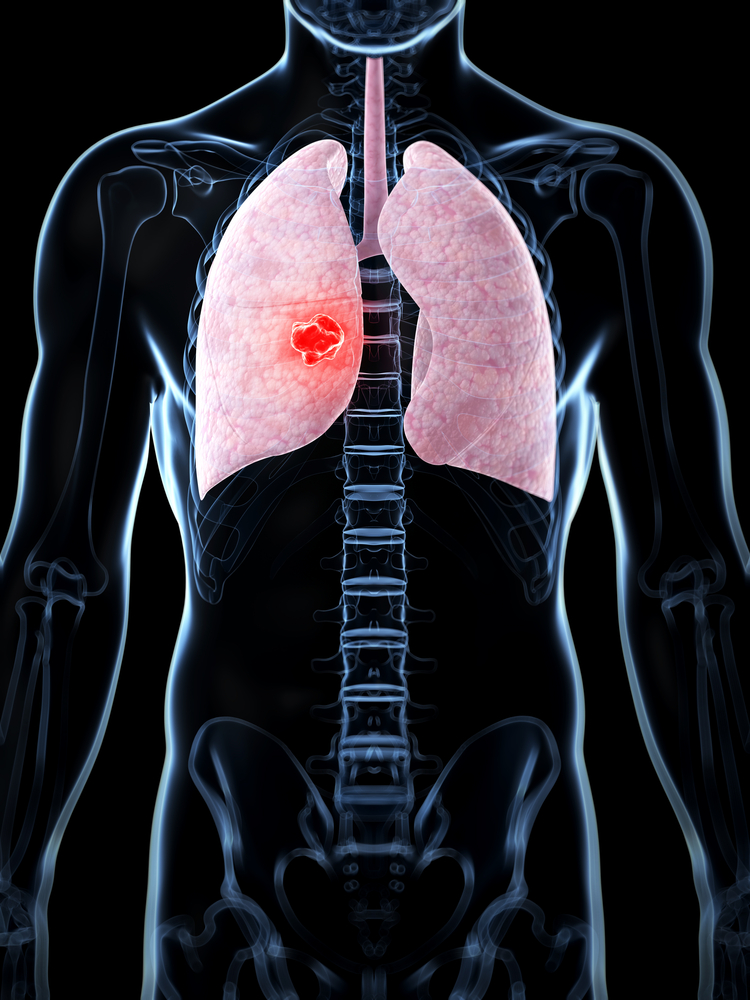Researchers from Brigham and Women’s Hospital recently released findings from a study in which they have potentially uncovered the physiological mechanism leading to the development of Pulmonary Hypertension (PH). The study entitled, “Genetic and hypoxic alterations of the microRNA‐210‐ISCU1/2 axis promote iron–sulfur deficiency and pulmonary hypertension,” was published in the latest edition of EMBO Molecular Medicine.
In a press release concerning the importance of the study’s findings, Dr. Stephen Chan, MD, PhD,  Division of Cardiovascular Medicine of BWH and senior author of the study, stated “We’ve identified a cause for the disease that may help us identify new populations most in danger of developing pulmonary hypertension. Our findings help us better understand how this disease initiates and should help us develop much better drugs for treatment and perhaps, someday, a cure.”
Division of Cardiovascular Medicine of BWH and senior author of the study, stated “We’ve identified a cause for the disease that may help us identify new populations most in danger of developing pulmonary hypertension. Our findings help us better understand how this disease initiates and should help us develop much better drugs for treatment and perhaps, someday, a cure.”
About Pulmonary Hypertension
PH is characterized by high blood pressure (BP) in the pulmonary arteries, which carry oxygen and blood from the heart to the lungs. In healthy individuals, pulmonary arterial pressure should be approximately 25/10 millimeters of mercury (mm Hg); for patients diagnosed with PAH, this pressure consistently exceeds 40/20 mmHg. This elevated arterial pressure causes the right ventricle of the heart, which supplies blood to the pulmonary arteries, to pump ineffectively. This means the right side of the heart has to work harder to pump blood around the body; leading to the condition’s debilitating effects and the eventual pre-mature death of the patient.
[adrotate group=”4″]
Currently, the treatments available for PH are clinically limited and there is no cure. Also, there has been little progress in identifying and preventing PH in those at risk for the disease.
Study Methods
Dr. Chan and his laboratory team have been working for about 8 years on the cause of PH. They have found that certain disruptions in the cells’ mitochondria, which are considered the cellular energetic powerhouse, lead to disruptions of energy production and metabolic functioning of the lung’s blood vessels. Further investigation in animal models showed that ISCU, a critical human protein that generates factors called iron-sulfur clusters that are central to the normal functioning of mitochondria, can be inhibited by microRNAs, which are small loops of genetic material. This inhibition of ISCU can cause dire molecular consequences that possibly lead to the development of PH.
Based on their findings in animal models, Dr. Chan and his team studied the medical case of a 29 year old female patient with two defective copies of the ISCU gene. At rest, the woman’s blood pressure and heart function appeared relatively normal, but exercise testing revealed unambiguous dysfunction of blood vessels in her lung. Importantly, the patient improved when placed on a PH drug to relax and widen the smooth muscle lining her lung blood vessels.
Concerning the importance of these findings, Dr. Chan stated, “This is the first known observation of pulmonary vascular dysfunction in a person with ISCU deficiency. Her case helps draw a definitive connection between ISCU and PH. Perhaps even more exciting is that we were able to catch her disease and treat it at an early stage. We hope this will prevent or at least slow down the progression over time. There is still a lot of work to be done. But, we feel this represents a major advance in our efforts to fight this disease.”

